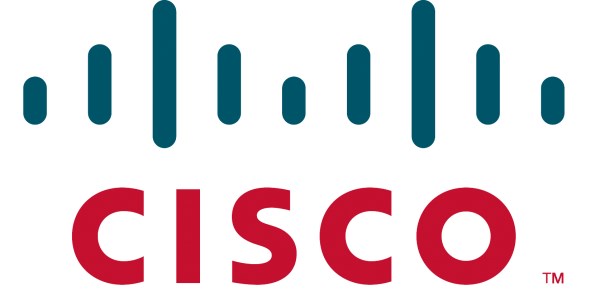
The Cisco 2016 Annual Security Report which examines threat intelligence and cybersecurity trends, reveals that only 45 percent of organisations worldwide are confident in their security posture as today’s attackers launch more sophisticated, bold and resilient campaigns.
While executives may be uncertain about their security strength, 92 percent of them agree that regulators and investors will expect companies to manage cybersecurity risk exposure. These leaders are increasing measures to secure their organisations’ future, particularly as they digitize their operations.
The report highlights the challenges businesses face due to the rapid advancements of attackers. Hackers increasingly tap into legitimate resources to launch effective campaigns for profit-gain. Additionally, direct attacks by cybercriminals, leveraging ransomware alone, put $34 million a year per campaign into their hands. These miscreants continue to operate unconstrained by regulatory barriers.
Top research findings from the Cisco 2016 Annual Security Report:
- Decreasing confidence, increasing transparency: Less than half of businesses surveyed were confident in their ability to determine the scope of a network compromise and to remediate damage. But an overwhelming majority of finance and line-of-business executives agreed that regulators and investors expect companies to provide greater transparency on future cybersecurity risk. This points to security as a growing boardroom concern.
- Time to detection faster: The industry estimate for time to detection of a cybercrime is an unacceptable 100 to 200 days. Cisco has further reduced this figure from 46 to 17.5 hours, since the 2015 Cisco Midyear Security Report was released. Shrinking the time to detection has been shown to minimise cyberattack damage, lowering risk and impact to customers and infrastructures worldwide.
- Aging infrastructure: Between 2014 and 2015, the number of organisations that said their security infrastructure was up-to-date dropped by 10 percent. The survey discovered that 92 percent of Internet devices are running known vulnerabilities. Thirty-one percent of all devices analysed are no longer supported or maintained by the vendor.
- SMBs as a potential weak link: As more enterprises look closely at their supply chain and small business partnerships, they are finding that these organisations use fewer threat defense tools and processes. For example, from 2014 to 2015 the number of SMBs that used web security dropped more than 10 percent. This indicates potential risk to enterprises due to structural weaknesses.
- Trust matters: With organisations increasingly adopting digitisation strategies for their operations, the combined volume of data, devices, sensors, and services are creating new needs for transparency, trustworthiness, and accountability for customers.
- Outsourcing on the rise: As part of a trend to address the talent shortage, enterprises of all sizes are realising the value of outsourcing services to balance their security portfolios. This includes consulting, security auditing and incident response. SMBs, which often lack resources for an effective security posture, are improving their security approach, in part, by outsourcing, which is up to 23 percent in 2015 over 14 percent the previous year.
- Shifting server activity: Online criminals have shifted to compromised servers, such as those for WordPress, to support their attacks, leveraging social media platforms for nefarious purposes. For example, the number of WordPress domains used by criminals grew 221 percent between February and October 2015.
- Browser-based data leakage: While often viewed by security teams as a low-level threat, malicious browser extensions have been a potential source of major data leaks, affecting more than 85 percent of organisations. Adware, malvertising, and even common websites or obituary columns have led to breaches for those who do not regularly update their software.
- The DNS blind spot: Nearly 92 percent of “known bad” malware was found to use DNS as a key capability. This is frequently a security “blind spot” as security teams and DNS experts typically work in different IT groups within a company and don’t interact frequently.
Managing Director for Cisco Malaysia Albert Chai said, “Security threats in Malaysia are still on the rise. Today, most organisations will need to access public cloud solutions by bypassing IT. This is a matter of concern for many Malaysian CIOs and CEOs given that it puts their organisations at substantial risk for data security and compliance challenges. Online attackers have become bold and are adopting an integrated approach by the day, setting up complex infrastructures that are hard to detect.”
“This means an integrated approach is an absolute imperative for businesses in Malaysia to secure their critical infrastructure. Working towards a cohesive security landscape, where companies, industries, and governments like Cybersecurity Malaysia communicate and collaborate to thwart cyber criminals can prevent significant data loss. This goes across the network to the endpoint and from the cloud to every corner of operations,” he added.
The Cisco 2016 Annual Security Report analyses the most compelling trends and issues in cybersecurity from Cisco security experts on the advances made by both the security industry and by the criminals hoping to break through security defenses. In addition, the report highlights key findings from Cisco’s second annual Security Capabilities Benchmark Study, focused on security professionals’ perceptions of the state of security in their organizations.
[Download]– Cisco 2016 Annual Security Report










